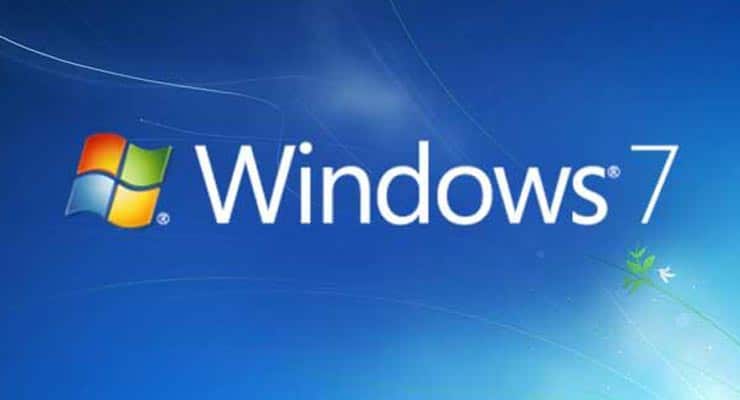Windows 7 “Extended Support” ends January 14th 2020
Windows 7 has just about reached its end of support life cycle, meaning Microsoft no longer provides any support for the operating system.
On January 14th 2020, Windows 7, the successor to Windows Vista, is no longer supported by its creator Microsoft, meaning those who use the operating system will no longer receive any support, most notably this means no critical security updates.
As such, it is strongly recommended that those using it either upgrade to a more recent operating system or consider upgrading their computer altogether.
Windows 7 was released back in July 2009, and was one of Microsoft’s more popular operating systems, partly down to the deep unpopularity of its predecessor, Windows Vista. Mainstream support for Windows 7 ended in 2015, but as it typical with Microsoft, “Extended Support” is then offered for a number of years after, meaning the operating system is still kept up-to-date with vital patches and security fixes to help protect its users.
Sponsored Content. Continued below...
Of course Windows 7 will still work after its support life cycle is up, but now the ‘Extended Support’ period ends, users are completely on their own.
Why is upgrading from Windows 7 important?
One of the most important ways to keep yourself secure online is to keep your software up-to-date, and this includes your operating system. Software that isn’t kept up-to-date, either by not installing updates or because it is no longer supported, is at risk to emerging software exploits and vulnerabilities.
Those who use an operating system that is kept up-to-date are much safer from – for example, malware attacks – because the operating system can help protect the user. Of course, such users are still susceptible to such attacks, and the user may not have good security habits and/or may fall for a scam, but there is typically a good level of protection.
However, with an operating system that is not supported, it begins to become less effective at protecting the user. Not only can a user fall for a scam like they would with up-to-date software, but the operating system itself can also be attacked with increasing ease, meaning the user doesn’t even need to fall for a scam to end up the victim of an online attack.
Sponsored Content. Continued below...
And the longer the software isn’t kept up-to-date, the less effective it is at protecting a user, and the easier it is to attack.
Consequently, those who use Windows 7 – especially those with computers connected to the Internet as most are – are all potential targets when known security issues arise with the operating system. The attackers will know better than anybody that Microsoft will no longer be coming to the rescues with security patches.
So what do I do?
There are many options available when it comes to upgrading, but for most users, Windows 10 will be the natural option. It’s not free though, and if you are running an older computer, it may not run on that device, meaning a new computer may be on the cards. Tech Advisor have a good article on upgrading here.
Continued below...
Thanks for reading, we hope this article helped, but before you leave us for greener pastures, please help us out.
We're hoping to be totally ad-free by 2025 - after all, no one likes online adverts, and all they do is get in the way and slow everything down. But of course we still have fees and costs to pay, so please, please consider becoming a Facebook supporter! It costs only 0.99p (~$1.30) a month (you can stop at any time) and ensures we can still keep posting Cybersecurity themed content to help keep our communities safe and scam-free. You can subscribe here
Remember, we're active on social media - so follow us on Facebook, Bluesky, Instagram and X
